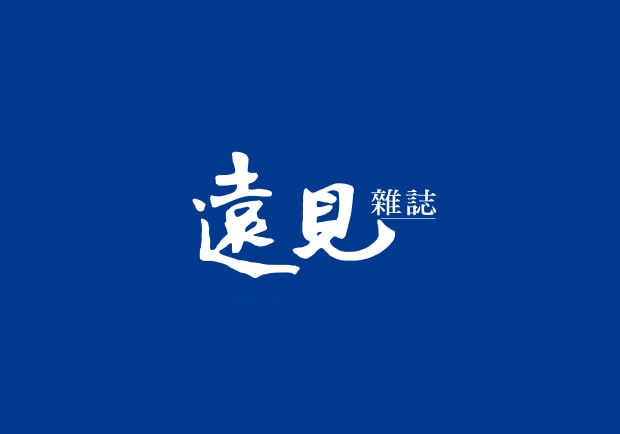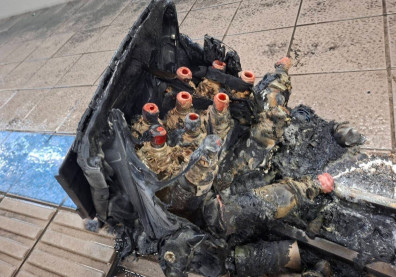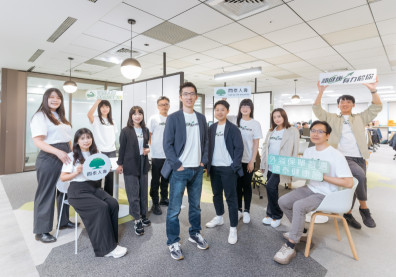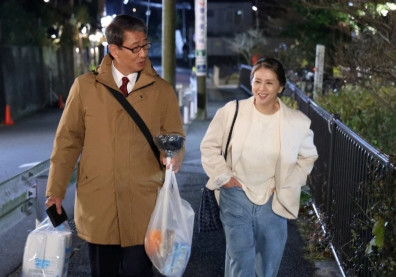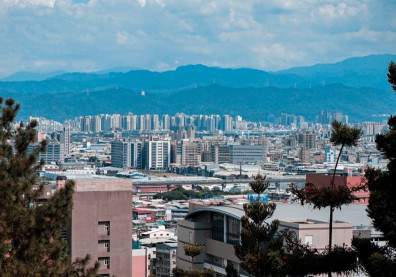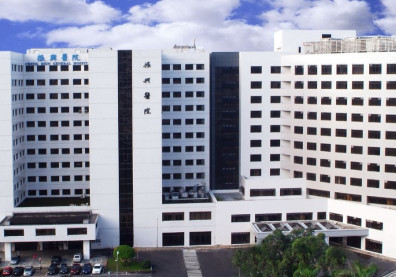Competitive pressures have forced many retailers and manufacturers to liberalize their returns policies in recent years and gladly accept for a refund just about anything customers regret having bought.
Well, maybe not gladly. Most companies continue to view returns as a costly nuisance, and few have formal strategies for dealing with products that customers don’t want. But figuring out how to efficiently reuse returned items can increase profitability by reducing materials requirements: Every component reinserted in the forward supply chain is one unit fewer that must be procured or manufactured. And by reusing rather than disposing of units, a firm may be able to increase loyalty and attract new customers as it boosts its environmental image.
近年來,競爭壓力迫使許多零售商與製造商放寬退貨政策,只要顧客購物後反悔,它們都樂意接受退貨。
好吧,或許它們並不樂意。大部分公司還是把退貨視為代價昂貴的麻煩事,而且很少公司有正式的策略,來處理那些顧客不想要的產品。但若是能想出如何有效率地重複使用退貨商品,就可以降低材料需求,提高獲利能力:順向供應鏈(forward supply chain)每重新使用一個零件,就能減少採購或製造一個零件。此外,企業重複使用零件,而不是將零件處理掉,可以提高環保形象,或許可以藉此提升忠誠度,並吸引新顧客。
------------------------------------------------------------------------------------------------------------
Managing the flow of finished products back into the company can be an important profit driver, write Vaidyanathan Jayaraman and Yadong Luo, of the University of Miami School of Business Administration, in a recent issue of the Academy of Management Perspectives. Jayaraman and Luo say the evidence shows that a “reverse logistics” value chain strategy can strengthen a company’s competitiveness.
邁阿密大學商學院(University of Miami School of Business)的維迪亞納山.賈亞拉曼(Vaidyanathan Jayaraman)與羅亞東(Yadong Luo)在最近一期的《管理學會期刊》(Academy of Management Perspectives)中撰文指出,處理退回公司的大量成品,可以成為重要的獲利動力。賈亞拉曼與羅亞東表示,證據顯示「逆向物流」(reverse logistics)的價值鏈策略可以強化公司的競爭力。
------------------------------------------------------------------------------------------------------------
The authors cite Estée Lauder’s strategic management of its returned goods flow. In the first year after investing $1.3 million to build a system of scanners and other technologies, the company was able to sharply reduce the percentage of such goods that it dumped into landfills and also to save half a million dollars in labor costs. It has built a $250 million product line from returned cosmetics, selling them to seconds stores or to retailers in developing countries.
他們引用雅詩蘭黛(Estée Lauder)對退貨商品的策略管理為例。雅詩蘭黛投資130萬美元建立一套掃描機與其他技術的系統後,在第一年就大幅降低退貨商品倒入垃圾掩埋場的比例,也省下了五十萬美元的勞動成本。它運用退貨的化妝品,建立一條達2.5億美元的產品線,將商品賣給廉價商店,或開發中國家的零售商。
------------------------------------------------------------------------------------------------------------
Among the insights Jayaraman and Luo offer executives: First, in many industries, such as computers and peripherals, short product life cycles mean that returned items must be treated as perishable. Every delay in transporting, sorting, grading, and repackaging returned printers, for example, reduces the value remaining in the product. Second, value chain partnerships are crucial. Specialized third-party providers can often handle tasks such as credit issuance and transportation more efficiently than the manufacturer can.
Third, a well-managed reverse logistics system allows the company to retain contact with customers and derive valuable feedback from them. That information can be used to improve the company’s product mix and, if products are returned because of defects, correct any failings in the operational infrastructure.
賈亞拉曼與羅亞東對高階主管提出幾項精闢的見解:首先,在電腦與周邊產品等許多產業,產品生命週期短暫,因此必須把退貨商品當成易腐敗物品來處理。
例如,倘若退貨的印表機在運輸、分類和重新包裝過程中有所延誤,就會降低產品的剩餘價值。
其次,價值鏈的合作伙伴非常重要。專業的第三方供應商在開立信用狀與運輸等工作上,通常會比製造商更有效率。
第三,管理完善的逆向物流系統,讓公司能夠與顧客保持聯繫,並獲得寶貴的顧客意見回饋。公司可以根據這些資訊來改善產品組合;而且產品若是因為有瑕疵而遭退貨,公司也能藉此改正營運基礎架構的缺失。
(本文摘自《哈佛商業評論》全球繁體中文版2007年11月號新版第15期〈從退貨商品找商機〉)










